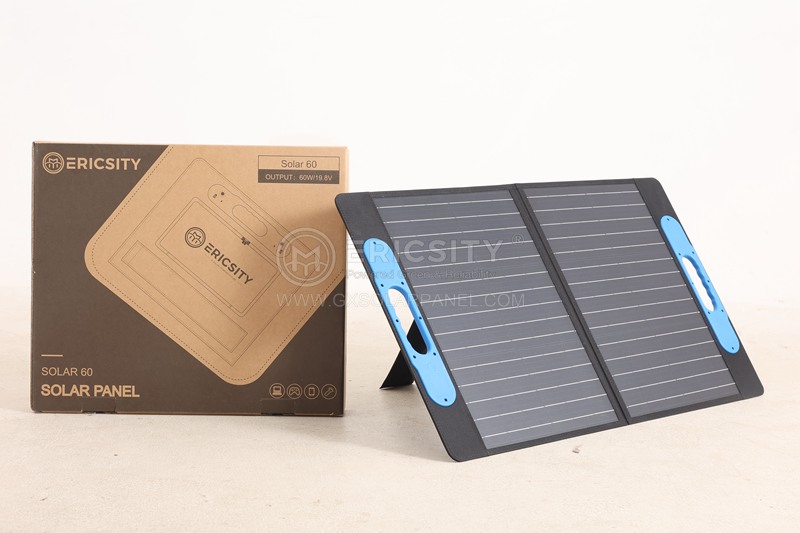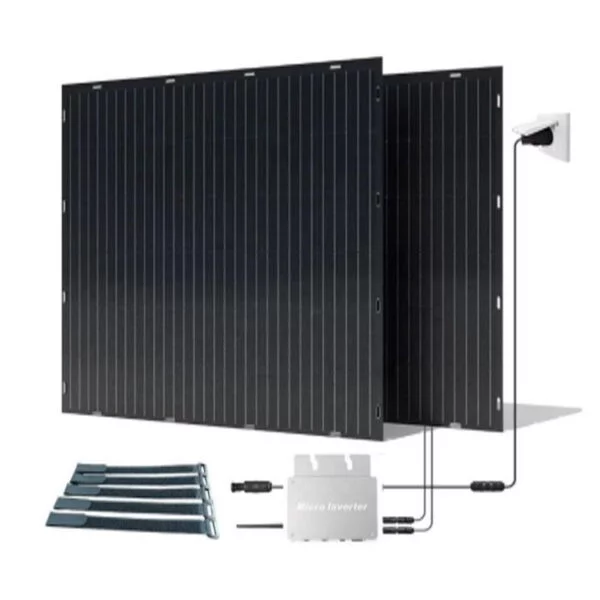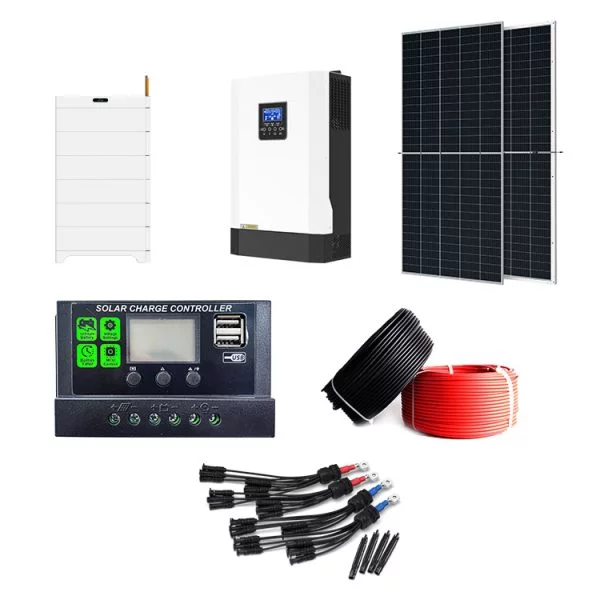HOT PRODUCT
Product Details
Bendable And Powerful: A Comprehensive Guide To Solar Panel Films
Bendable And Powerful: A Comprehensive Guide To Solar Panel Films
Solar energy has emerged as a clean and efficient alternative to traditional energy sources. Over the years, extensive research and technological advancements have led to the development of various types of solar panels. One innovation that has gained significant attention in recent years is the use of solar panel films. These bendable and powerful films offer unique advantages over traditional rigid solar panels. In this article, we will explore the features, benefits, and applications of solar panel films.

Solar panel films, also known as flexible solar panels, are thin and lightweight photovoltaic (PV) modules that can be bent or curved to fit various surfaces. They harness the sun’s energy to generate electricity, just like their rigid counterparts. However, their flexibility opens up a wide range of possibilities for solar integration in different industries and applications.
One of the most significant advantages of solar panel films is their flexibility. Unlike rigid solar panels, which are bulky and require flat mounting surfaces, these films can be shaped to fit curved or irregular surfaces. This feature makes them ideal for applications where conventional solar panels are not practical or feasible. For instance, solar panel films can be seamlessly integrated into curved building facades, vehicles, boats, or even wearable devices.

Another advantage of solar panel films is their lightweight nature. Traditional solar panels are made of glass and aluminum frames, making them heavy and challenging to transport and install. In contrast, solar panel films are constructed using lightweight materials such as thin-film solar cells or organic photovoltaic materials. This lightweight nature reduces transportation costs, facilitates easier installation, and increases versatility in terms of positioning and mounting options.
Solar panel films offer excellent performance, despite their thin and flexible design. Advanced technologies have significantly improved their efficiency and power generation capabilities. These films can now achieve high theoretical energy conversion efficiencies, comparable to conventional solar panels. Additionally, they have high resistance to shading, allowing for maximum energy harvesting even in partially shaded environments.
The versatility of solar panel films extends to their applications. They are used in various sectors, including building integrated photovoltaics (BIPV), portable power solutions, and off-grid applications. In BIPV, solar panel films can be directly integrated into building materials like windows, façades, or roofing, seamlessly blending with the overall architecture. This integration not only generates clean energy but also contributes to energy efficiency and reduces the carbon footprint of buildings.
Portable power solutions, such as solar chargers, backpacks, or tents, are another area where solar panel films excel. Their flexibility and lightweight nature make them perfect for on-the-go power generation. Whether it’s charging your phone while hiking or powering small devices during camping trips, solar panel films provide a reliable and eco-friendly energy source.
Off-grid applications, particularly in remote locations or developing regions without access to reliable electricity, can greatly benefit from solar panel films. These films can be easily transported and deployed in off-grid areas, providing clean and sustainable energy for lighting, communication devices, or even water pumping.
As with any technology, solar panel films come with some limitations. Due to their flexibility and thin construction, they may be more susceptible to physical damage and wear and tear. However, advancements in manufacturing techniques have improved their durability and lifespan, making them more resilient and long-lasting.

In conclusion, solar panel films represent a revolution in solar energy technology. Their bendable and powerful characteristics enable applications and installations that were once impossible with conventional rigid solar panels. The flexibility, lightweight nature, and excellent performance of these films make them an attractive choice for various industries and settings. With ongoing research and development, solar panel films are set to play a significant role in our transition towards a more sustainable energy future.




